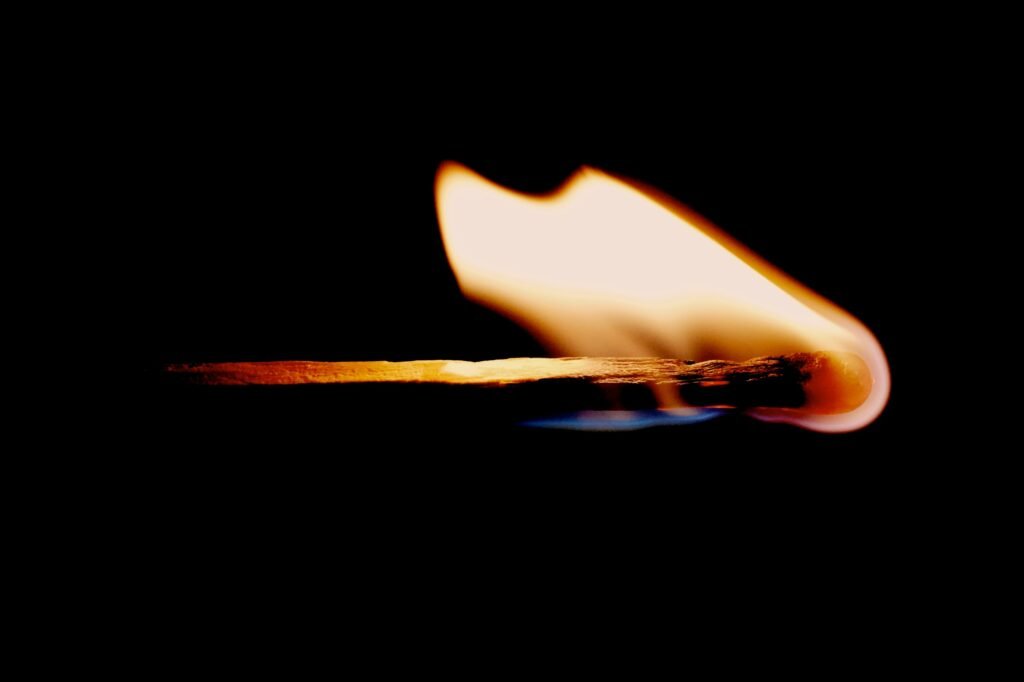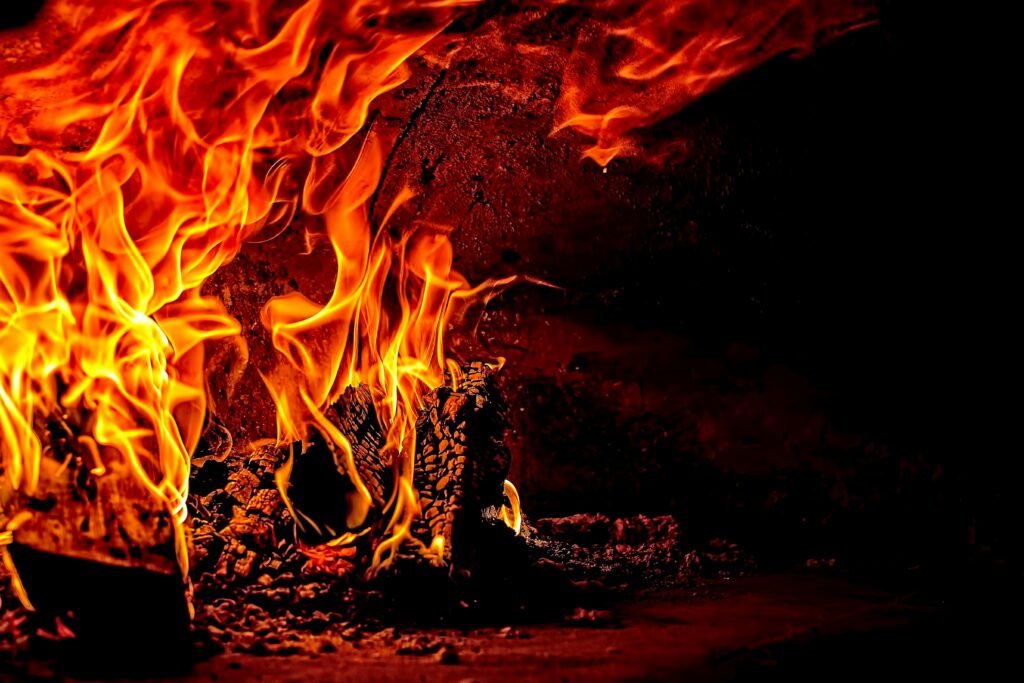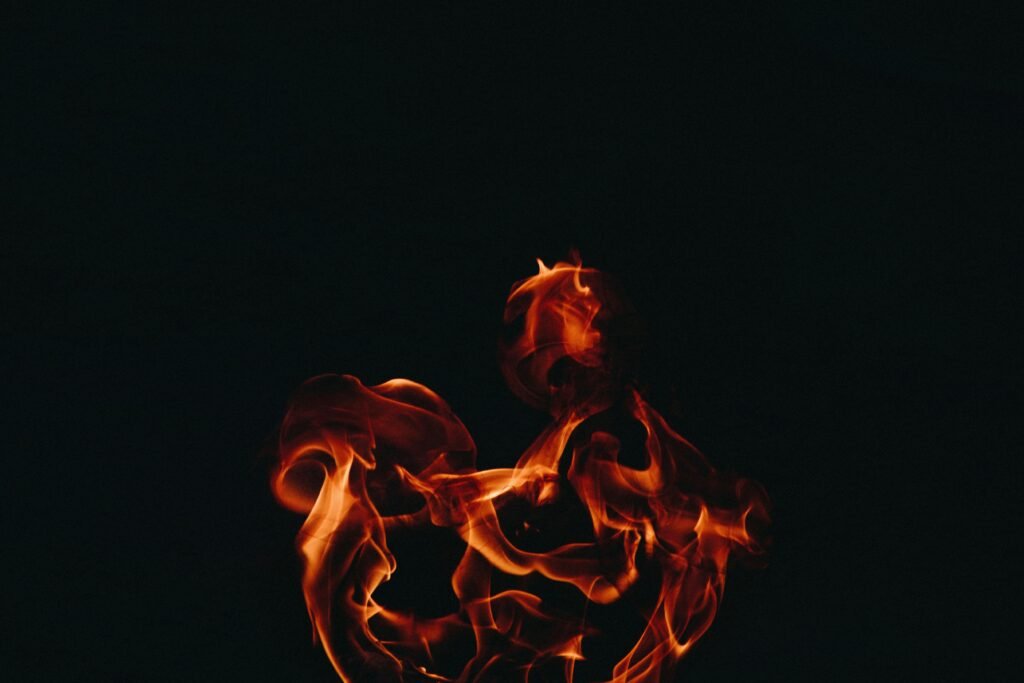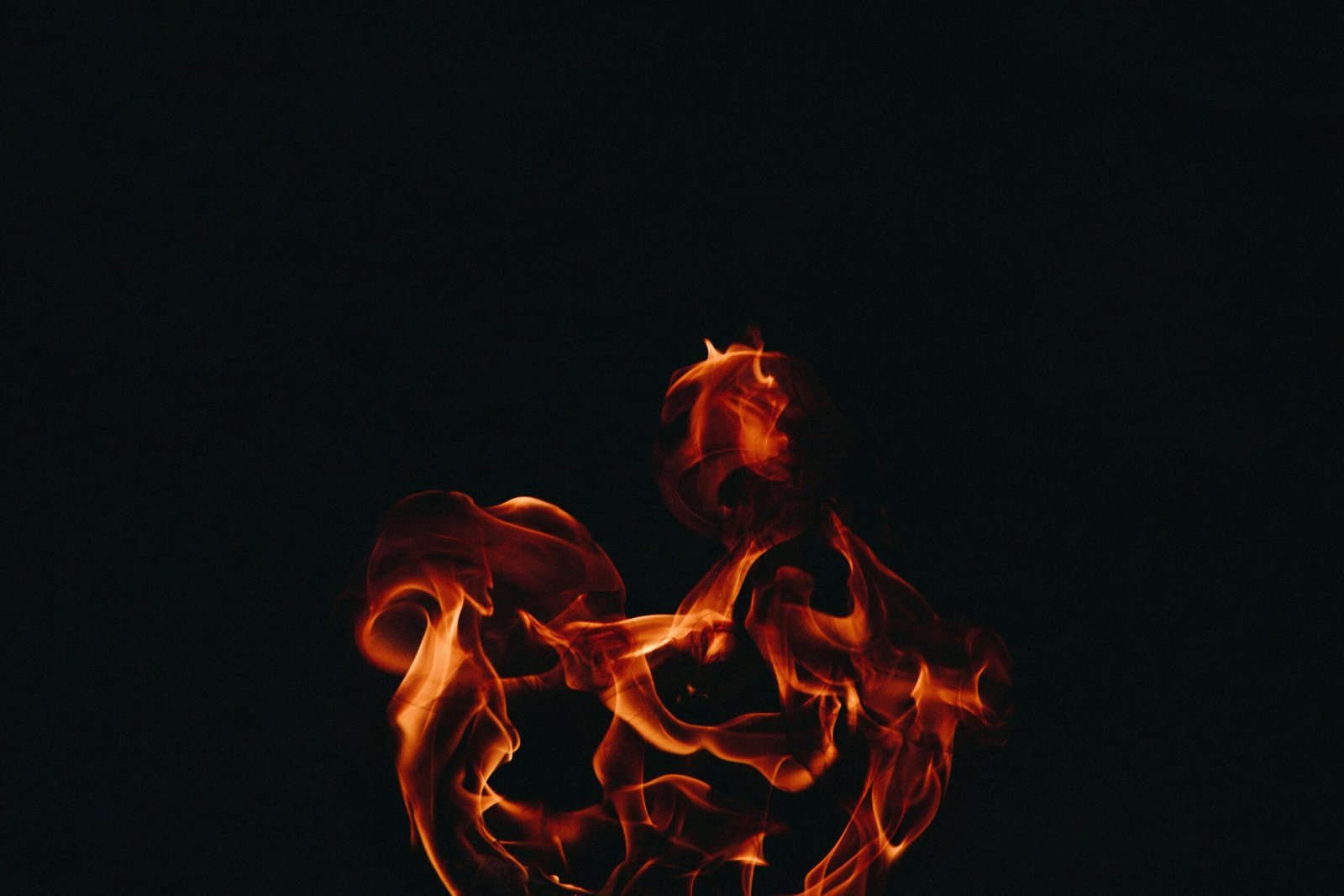Fireplaces can bring warmth and coziness to any home, but it’s crucial to prioritize safety when enjoying the flickering flames. That’s where yearly checkups come in. Structured fireplace safety inspections not only provide peace of mind, but they also play a vital role in ensuring the well-being of your home and loved ones. By having professionals assess your fireplace annually, potential hazards can be detected and addressed before they turn into dangerous situations. Whether you have a traditional wood-burning fireplace or a modern gas one, investing in a yearly checkup is a small price to pay for the comfort and safety it brings.
Why Yearly Fireplace Checkups Are Important
Fireplaces are a beloved feature in many homes, providing warmth and ambiance during the colder months. However, it’s important to remember that regular maintenance and care are essential to ensure their safe and efficient operation. Yearly fireplace checkups play a vital role in preventing potential risks such as chimney fires, carbon monoxide poisoning, and maintaining proper ventilation. By investing in these checkups, you can enjoy the benefits of a well-maintained fireplace while also ensuring the safety of your loved ones and property.
Preventing Chimney Fires
One of the most significant dangers associated with fireplaces is chimney fires. Over time, a substance called creosote builds up along the inner walls of the chimney. This highly flammable material can ignite and cause a chimney fire if not properly addressed. During a yearly fireplace checkup, a qualified professional will inspect and clean the chimney, removing any creosote accumulation and reducing the risk of chimney fires. By having this preventative measure in place, you can rest easy knowing that your fireplace is safe to use throughout the winter season.
Avoiding Carbon Monoxide Poisoning
Carbon monoxide is an odorless and colorless gas that can be deadly when inhaled in high concentrations. Unfortunately, fireplaces can be a source of carbon monoxide if they are not functioning correctly. Cracks or leaks in the chimney or flue can cause this poisonous gas to enter your home instead of being safely vented outside. During a yearly checkup, a qualified professional will inspect the entire system to ensure that it is working efficiently and that there are no potential risks of carbon monoxide leakage. This simple step can save lives and provide peace of mind.
Maintaining Proper Ventilation
Proper ventilation is crucial for the safe and efficient operation of fireplaces. When firewood is burned, it releases smoke, gases, and other byproducts that need to be effectively vented outside. If there are any obstructions or issues with the chimney or flue, these byproducts can accumulate indoors, leading to poor air quality and potential health hazards. Yearly fireplace checkups include a thorough inspection of the ventilation system to ensure that it is in good working condition and that there are no blockages or restrictions. By maintaining proper ventilation, you can enjoy a cozy fire without compromising the air quality inside your home.
Choosing a Qualified Professional
Now that you understand the importance of yearly fireplace checkups, it’s essential to choose a qualified professional to carry out the inspection and any necessary repairs. Hiring the right person for the job will ensure that your fireplace is in the best hands and that all safety measures are properly addressed. Here are some key factors to consider when selecting a professional:
Researching Credentials
Start by researching the credentials of potential fireplace inspection and repair companies. Look for certifications or affiliations with reputable organizations such as the Chimney Safety Institute of America (CSIA) or the National Fireplace Institute (NFI). These credentials demonstrate that the professionals have undergone rigorous training and adhere to industry standards.
Checking References
Ask for references from past clients to get an idea of the quality of work provided by the professional. Reach out to these references and ask about their experience with the company or individual. Were they satisfied with the service? Did the professional address safety concerns? Gathering this information will help you make an informed decision.
Looking for Certification
When hiring a professional for your fireplace checkup, it is crucial to ensure that they are certified and licensed in your area. Ask for proof of certification and licensing and verify it with the appropriate authorities. By doing so, you can have confidence in the expertise and knowledge of the professional you choose.

This image is property of images.unsplash.com.
The Inspection Process
Once you have selected a qualified professional for your yearly fireplace checkup, it is helpful to understand what the inspection process entails. Here is an overview of the various steps involved:
Exterior Assessment
The inspection begins with an exterior assessment of your chimney. The professional will examine the chimney from the outside, checking for any visible signs of damage or deterioration. This includes looking for loose bricks, cracks, or signs of water damage. Addressing these issues promptly can prevent further damage and ensure the structural integrity of your chimney.
Chimney Inspection
Next, the professional will thoroughly inspect the interior of the chimney. This includes examining the flue liner, checking for cracks or damage that could pose a safety risk. The chimney’s overall condition will be assessed to identify any areas that require repairs or maintenance.
Firebox and Flue Examination
The firebox, where the fire is contained, and the flue, which carries the smoke out of the chimney, will be carefully inspected. The professional will look for any cracks, loose bricks, or signs of wear and tear that may need attention. These components play a crucial role in the safe operation of your fireplace and should be in good condition.
Checking Damper and Spark Arrestor
The damper controls the airflow in and out of the chimney, while the spark arrestor prevents sparks and embers from escaping. The professional will inspect both the damper and spark arrestor to ensure they are functioning correctly and are free from obstructions.
Evaluating Chimney Liner
The chimney liner serves as a protective barrier between the flames and the structure of your home. It also helps to guide the byproducts of combustion out of the chimney safely. During the inspection, the professional will evaluate the condition of the chimney liner to identify any cracks or damage that could compromise its effectiveness.
Inspection of Hearth and Surrounding Area
The inspection process also involves assessing the condition of the hearth and the surrounding area. The professional will check for any signs of damage, such as cracks or loose tiles, that could pose a safety risk.
Cleaning and Removing Debris
Cleaning and removing debris from your fireplace and chimney is another crucial aspect of yearly checkups. Here are some key elements of this process:
Removing Creosote Build-up
Creosote is a byproduct of burning wood in a fireplace. Over time, it can accumulate inside the chimney, creating a highly flammable substance. A professional will use specialized tools to remove this build-up, reducing the risk of chimney fires and ensuring the safe operation of your fireplace.
Clearing Blockages
Blockages, such as debris or nests built by animals, can obstruct the proper airflow and ventilation of your fireplace. During the yearly checkup, the professional will clear any blockages, ensuring that the fireplace can function efficiently and safely.
Cleaning Soot and Ashes
Cleaning the firebox, grate, and surrounding area is an essential part of the cleaning process. The professional will remove residual ash and soot to prevent the build-up of flammable materials and improve the overall cleanliness and appearance of your fireplace.

This image is property of images.unsplash.com.
Repairing and Replacing Parts
During the yearly fireplace checkup, the professional may identify areas that require repair or replacement. Here are some common parts that may need attention:
Fixing Damaged Bricks or Mortar
If the bricks or mortar in your fireplace or chimney are damaged, it is crucial to address these issues promptly. Cracks or loose bricks can compromise the structural integrity of the chimney and pose a safety risk. A qualified professional can repair these damages, ensuring the longevity and safety of your fireplace.
Replacing Cracked Chimney Crown
The chimney crown, located at the top of the chimney, serves as a protective barrier against moisture and debris. If the crown is cracked or damaged, water can seep into the chimney, leading to further deterioration. Replacing a cracked chimney crown is essential to prevent more extensive damage and costly repairs.
Repairing or Installing Chimney Caps
Chimney caps serve as protective coverings for the top of your chimney, preventing debris, animals, and other unwanted elements from entering. If the cap is damaged or missing, it should be repaired or replaced during the yearly checkup to prevent potential issues in the future.
Replacing Damaged Firebox Panels
The panels inside the firebox can be subject to wear and tear over time. If they become damaged, they can pose a safety risk and compromise the efficiency of your fireplace. During the checkup, the professional will assess the condition of the firebox panels and replace them if necessary.
Maintaining Damper and Flue Seals
Properly functioning dampers and flue seals help to control the airflow and prevent heat loss when the fireplace is not in use. If these seals become damaged or worn out, it is essential to have them repaired or replaced. The professional will assess the condition of these components during the yearly checkup to ensure optimal performance.
Improving Safety Measures
In addition to the inspection and maintenance aspects of yearly fireplace checkups, there are several safety measures that can be implemented to further enhance the safety of your fireplace:
Installing Carbon Monoxide Detectors
Carbon monoxide detectors are essential for alerting you to the presence of this deadly gas in your home. These detectors should be strategically placed near your fireplace and throughout your home to provide early warning in case of any carbon monoxide leaks. The yearly checkup is an ideal time to check and replace the batteries in these detectors.
Setting Up Fire-resistant Screens or Doors
Installing fire-resistant screens or doors can provide an extra layer of protection while still allowing you to enjoy the warmth and ambiance of your fireplace. These screens or doors can prevent sparks and embers from escaping, reducing the risk of accidental fires.
Adding Heat-resistant Fireplace Gloves
Heat-resistant gloves can protect your hands from burns when loading or adjusting the fire in your fireplace. These gloves are designed to withstand high temperatures, providing added safety and peace of mind.
Placing Fire Extinguishers Nearby
Having a fire extinguisher within reach of your fireplace is essential in case of emergencies. Make sure that you have a properly functioning fire extinguisher nearby and that you and your family members know how to use it effectively.
Securing Childproof Fireplace Accessories
If you have young children or pets in your home, it is crucial to take extra precautions to prevent accidents. Childproof fireplace accessories, such as gates or barriers, can ensure that little ones and furry friends are kept a safe distance from the fireplace and any potential hazards.

This image is property of images.unsplash.com.
Maintaining Fire Safety Practices
While yearly fireplace checkups are an important part of ensuring fireplace safety, there are also ongoing practices that you can incorporate into your routine for optimal safety:
Using Properly Seasoned Firewood
Using well-seasoned firewood is essential for safe and efficient burning in your fireplace. Properly seasoned firewood has a lower moisture content, reducing the risk of excessive smoke and creosote build-up. Make sure to store your firewood in a dry area for at least six months before burning.
Regularly Cleaning Fireplace and Hearth
Regularly cleaning your fireplace and hearth can help maintain a clean and safe environment. Remove any debris, ash, or soot buildup to prevent the accumulation of flammable materials.
Properly Disposing of Ashes
When disposing of ashes, it is crucial to do so safely. Allow the ashes to cool completely before placing them in a metal container with a tight-fitting lid. Store the container outside, away from any flammable materials, until the ashes can be properly disposed of.
Supervising Children and Pets
Supervising children and pets around the fireplace is essential for their safety. Teach children about the dangers associated with fire and establish clear boundaries to prevent accidents. Additionally, never leave pets unattended near an active fireplace.
Keeping Flammable Objects Away
Keep flammable objects, such as curtains, furniture, and holiday decorations, a safe distance away from the fireplace. These items can easily ignite when exposed to direct heat, posing a significant fire hazard.
Extending the Lifespan of Your Fireplace
Investing in yearly fireplace checkups offers numerous benefits that can extend the lifespan of your fireplace and provide optimal performance:
Reducing Wear and Tear
Regular inspections and maintenance can identify and address potential issues before they become major problems. By promptly addressing any repairs or maintenance needs, you can prevent unnecessary wear and tear on your fireplace, prolonging its lifespan.
Preventing Costly Repairs
Early detection and timely repairs during the yearly checkups can save you from costly repairs down the road. Identifying and addressing minor issues before they escalate can prevent more extensive damage and the need for expensive repairs.
Improving Energy Efficiency
A properly functioning fireplace is more energy-efficient, allowing you to maximize heat output without wasting energy. By having yearly checkups, you can ensure that your fireplace is operating at optimal efficiency, reducing energy costs and improving overall performance.
Preserving the Structural Integrity
Regular maintenance and inspections help to preserve the structural integrity of your fireplace, chimney, and surrounding components. By addressing any damages or wear and tear promptly, you can maintain the overall safety and functionality of your fireplace for years to come.
Benefits of Yearly Fireplace Checkups
The importance of yearly fireplace checkups cannot be overstated. Here are some key benefits that come with regular inspections and maintenance:
Enhanced Fire Safety
Yearly inspections and maintenance significantly reduce the risk of chimney fires and other potential fire hazards associated with fireplaces. By removing creosote and addressing any issues promptly, you can enjoy a cozy fire without compromising safety.
Reduced Risk of Damage
Identifying and addressing potential repairs or maintenance needs early on can prevent more extensive damage to your fireplace and chimney. By having yearly checkups, you can catch minor issues before they become significant problems, saving you from costly repairs down the line.
Improved Indoor Air Quality
Proper ventilation and regular cleaning of your fireplace and chimney enhance the indoor air quality of your home. By removing debris, soot, and other contaminants, you can breathe easier and ensure a healthy environment for you and your family.
Increased Energy Efficiency
A properly maintained fireplace operates more efficiently, allowing you to maximize heat output without wasting energy. By having yearly checkups, you can ensure that your fireplace is working at optimal efficiency, reducing energy costs and improving overall performance.
Longer Lifespan of Fireplace
Regular inspections and maintenance help extend the lifespan of your fireplace. By addressing any repairs or maintenance needs promptly, you can enjoy the warmth and ambiance of your fireplace for many years to come.
Conclusion
Taking responsibility for fireplace safety should be a top priority for every homeowner. Yearly fireplace checkups provide the peace of mind that comes with knowing that your fireplace is in good working condition and that all necessary safety measures are in place. By preventing potential risks such as chimney fires, carbon monoxide poisoning, and maintaining proper ventilation, you can safely enjoy the warmth and beauty of your fireplace all winter long. Additionally, by choosing a qualified professional, adhering to proper cleaning practices, and implementing additional safety measures, you ensure the overall safety and longevity of your fireplace. So, schedule your yearly fireplace checkup today and safeguard your loved ones and property while enjoying the comfort and coziness of a well-maintained fireplace.




